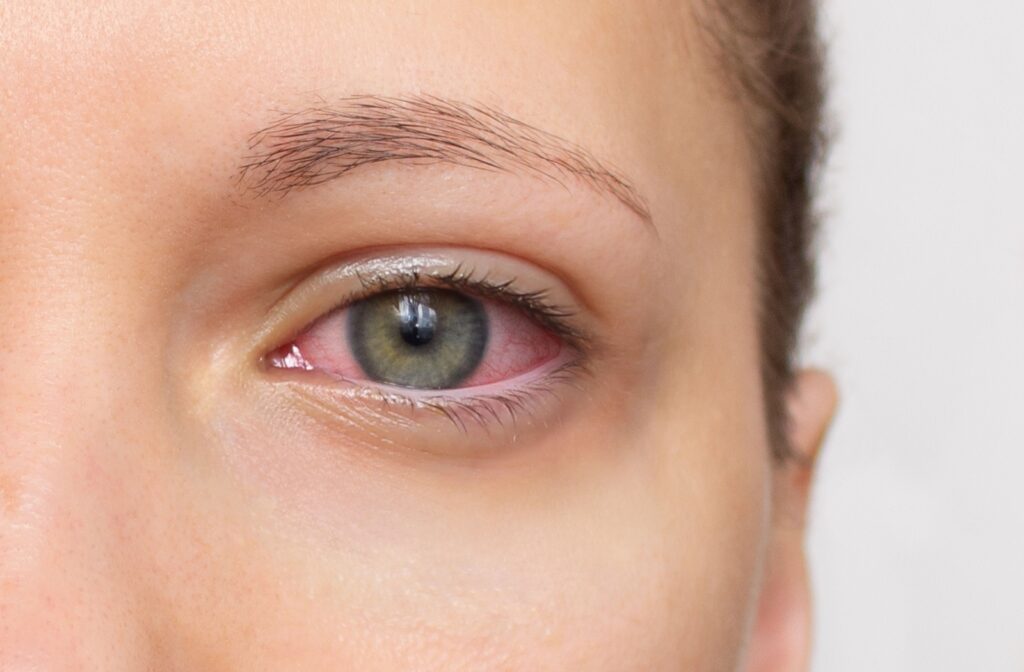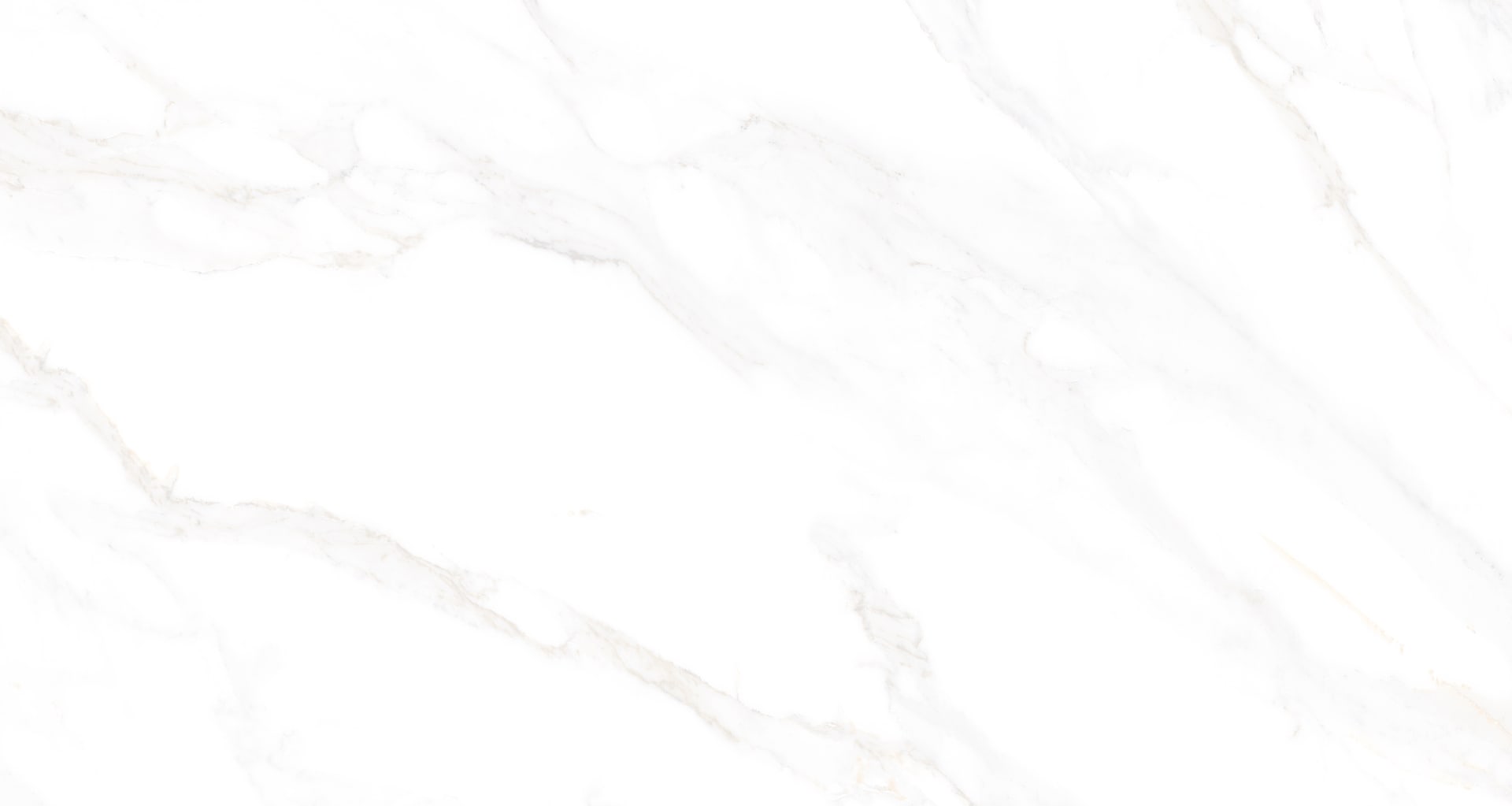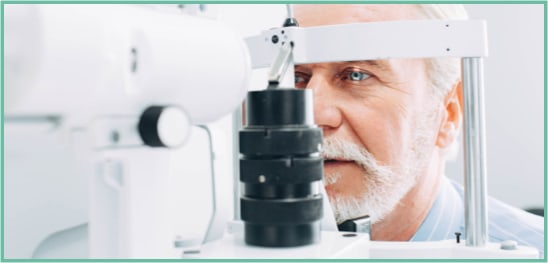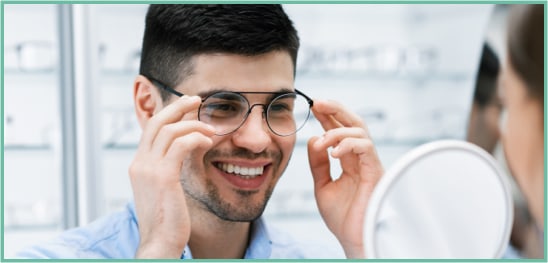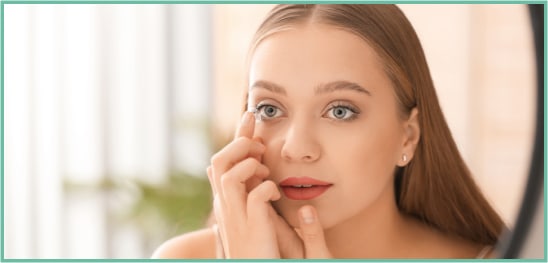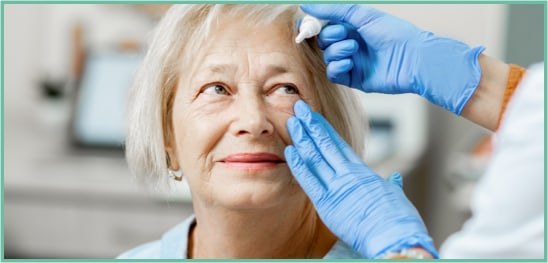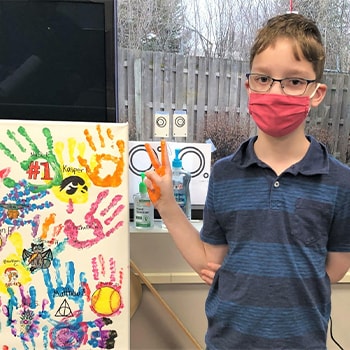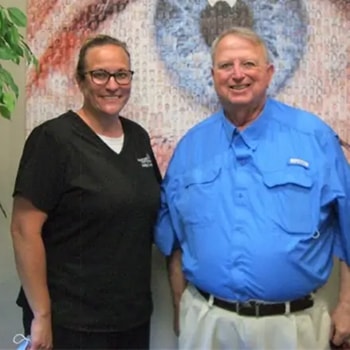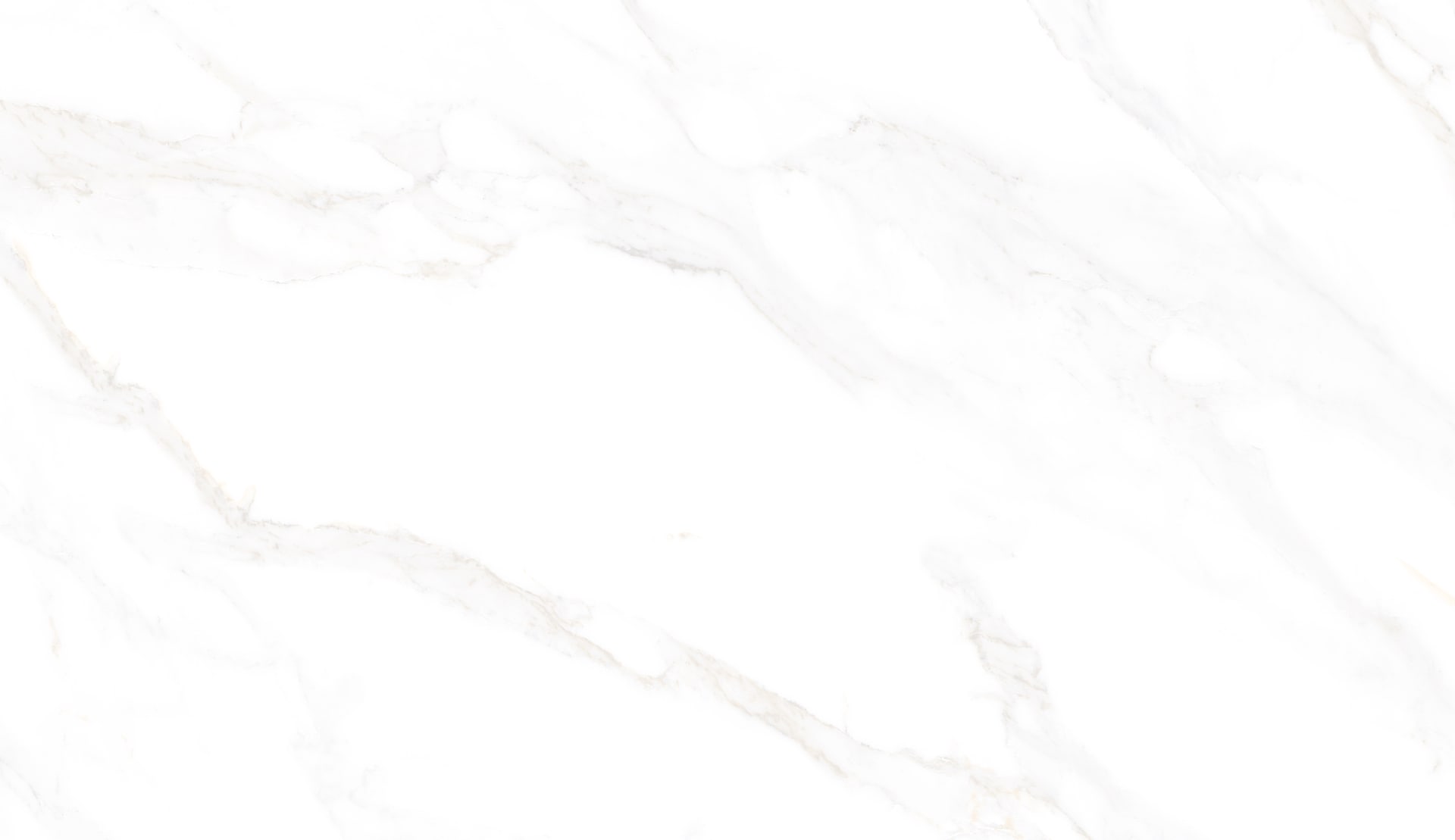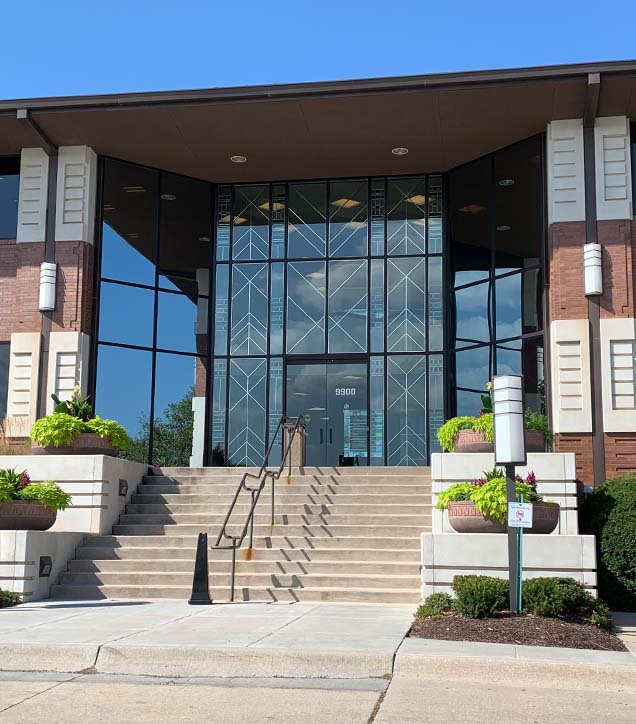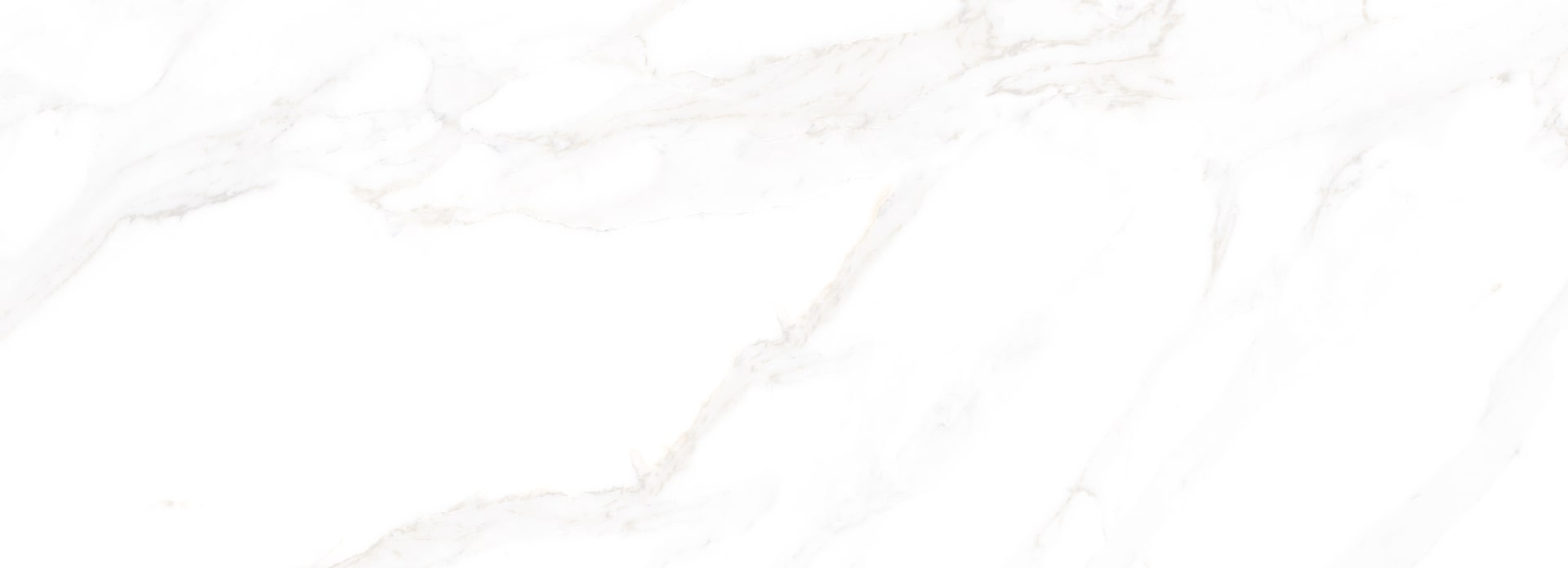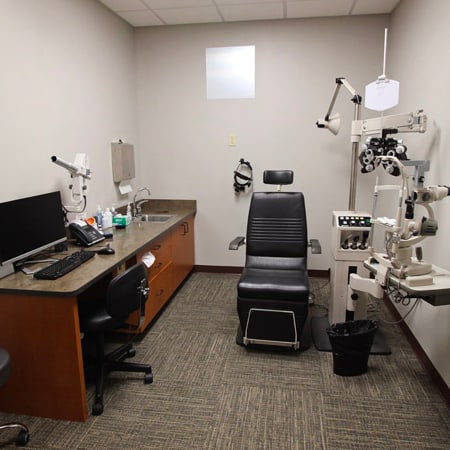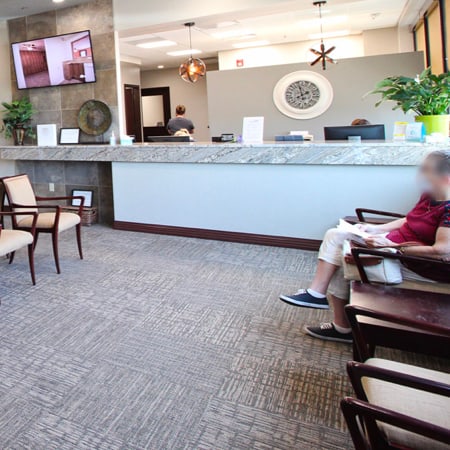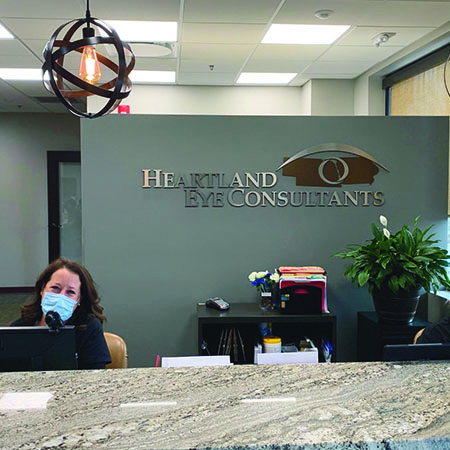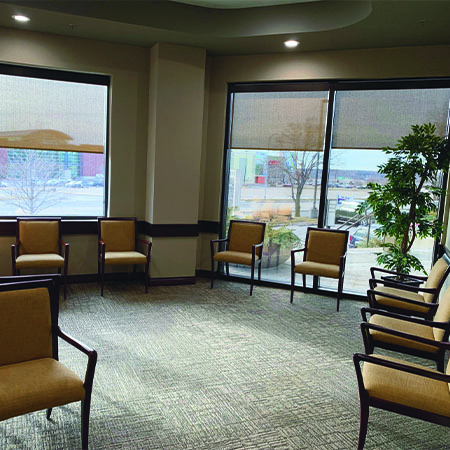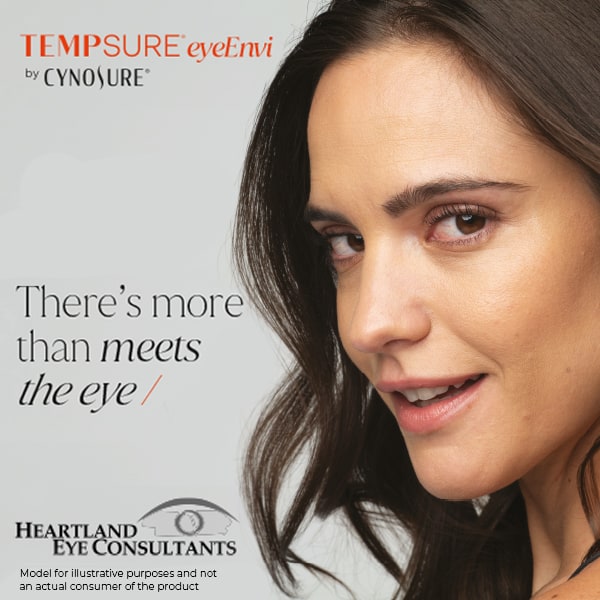If you’ve ever experienced dry, irritated eyes, you know how uncomfortable it can be. But did you also know that dry eyes can also cause light sensitivity, making your daily activities even more challenging? This connection may be something many people overlook, but understanding how these two issues are linked can help you find the right treatment and feel better. In this blog, we’ll explain how dry eye disease and light sensitivity (also known as photophobia) are related, and what you can do about it.
What is Dry Eye Disease?
Dry eye disease happens when your eyes don’t produce enough tears, or the tears evaporate too quickly. Tears are essential for lubricating the eyes and maintaining a healthy tear film. Without a healthy tear film, your eyes can become irritated and even blurry. While dry eyes are common, they can be more than just a mild inconvenience. In fact, dry eye disease can become a chronic condition that requires professional treatment.
What is Light Sensitivity?
Light sensitivity, or photophobia, occurs when your eyes become overly sensitive to light, causing discomfort, squinting, or even pain. Bright sunlight, indoor lighting, or the glow from your phone or computer screen can all trigger this sensitivity. Photophobia is often linked to conditions like migraines, eye strain, and corneal abrasions, but it can also be a symptom of dry eye disease.
How Dry Eye Disease Leads to Light Sensitivity
When the tear film that coats the surface of your eyes is unstable due to dry eye disease, it disrupts how light enters your eyes. In a healthy eye, tears help create a smooth surface, allowing light to bend properly onto the retina. But with dry eye disease, the tear film becomes uneven, and light gets scattered instead of focused. This scattering of light can lead to increased sensitivity and discomfort when exposed to bright or harsh lighting.
Symptoms of Dry Eye Disease & Light Sensitivity
Dry eye disease and light sensitivity can cause a variety of uncomfortable symptoms. Here’s a breakdown of what to watch for:
Dry Eye Disease Symptoms:
- Gritty or scratchy feeling in the eyes
- Burning or stinging sensations
- Redness or irritation
- Excessive tearing
- Blurry vision
Light Sensitivity (Photophobia) Symptoms:
- Squinting or discomfort in bright light
- Watery eyes
- Frequent headaches or migraines
- Avoiding bright environments
How These Conditions Impact Daily Life
Dealing with both dry eyes and light sensitivity can make even simple activities like reading, driving, or working on a computer feel unbearable. The discomfort can be amplified in dry or windy environments, and wearing contact lenses may become painful. While over-the-counter eye drops can offer temporary relief, they don’t address the root cause of dry eye disease and light sensitivity.
Health Conditions Linked to Dry Eye & Light Sensitivity
In some cases, chronic dry eye disease and light sensitivity may be signs of an underlying health condition. These can include autoimmune diseases such as:
These conditions can affect your tear production, making dry eyes and light sensitivity more severe. If you suspect an underlying health issue, it’s important to consult a healthcare provider to properly diagnose and treat the condition.

Treatment Options for Dry Eye Disease & Light Sensitivity
If you’re struggling with dry eyes and light sensitivity, seeking professional treatment can provide lasting relief. Several advanced therapies are available to manage symptoms and restore eye comfort:
TempSure EyeEnvi
A non-invasive treatment that uses gentle radiofrequency energy to stimulate collagen production, tighten the skin, and support healthier tear production.
OptiLight IPL (Intense Pulsed Light)
FDA-approved specifically for dry eye, this targeted light therapy reduces inflammation and helps restore the natural function of the meibomian glands—key players in maintaining a stable tear film.
MiBo Thermoflo
A treatment that uses soothing, controlled heat to unclog blocked oil glands, improving the quality of tears and reducing irritation and light sensitivity.
Low-Level Light Therapy (LLLT)
A gentle, non-invasive treatment that uses LED light to stimulate cellular activity and improve gland function, enhancing tear quality and reducing inflammation around the eyes.
Comprehensive Dry Eye Therapy
Tailored treatment plans may also include in-office procedures, prescription eye drops, lid hygiene protocols, and lifestyle recommendations designed to address your unique dry eye profile and improve long-term comfort.
Tips to Manage Dry Eye Disease & Light Sensitivity
Along with professional treatments, some lifestyle changes can help manage both conditions:
- Follow the 20-20-20 Rule: Every 20 minutes, take a 20-second break and look at something 20 feet away to reduce digital eye strain.
- Blink more often: Make an effort to blink more frequently, especially when using screens for extended periods.
- Stay hydrated: Drinking plenty of water throughout the day helps keep your eyes hydrated.
- Use a humidifier: Adding moisture to the air can prevent your eyes from drying out.
- Wear sunglasses: Protect your eyes from bright light, wind, and environmental irritants.
- Eat omega-3 rich foods: Foods like salmon, walnuts, and flaxseeds can support healthy tear production.
How Heartland Eye Consultants Can Help
If you’re struggling with dry eyes and light sensitivity, the team at Heartland Eye Consultants in Omaha, NE is here to help. Our experts can evaluate your symptoms and recommend personalized treatment options to improve your comfort and quality of life. Don’t let dry eyes and light sensitivity hold you back—schedule an appointment today to get the relief you deserve!


